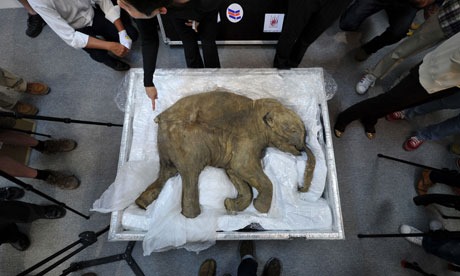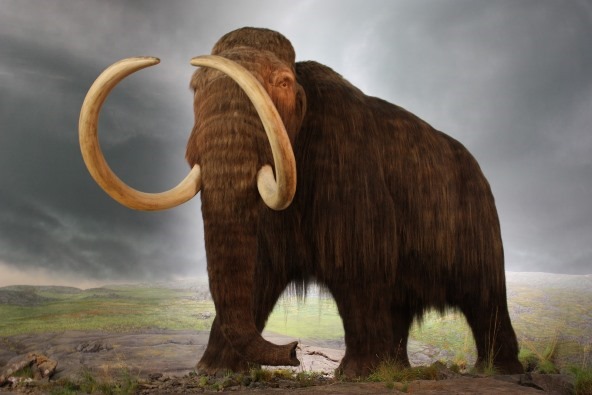De-Extinction from the Animal’s Perspective
The prospect of de-extinction – “reviving” members of extinct species – is gathering more and more international attention. For example, National Public Radio’s Science Friday (May 15, 2015) featured an interview with molecular paleontologist Beth Shapiro, the author of a new book How to Clone a Mammoth. She discussed how our increasing scientific capabilities in genomics, molecular biology and cloning are bringing us closer to realizing the goals of de-extinction. As a scientist, I get it; these are fascinating issues.
In a previous post, I outlined Four Reasons Why We Should Oppose ‘De-Extinction’. Some of the more thoughtful advocates for de-extinction, like Shapiro, share some of the concerns I expressed about bringing back an animal for whom there is no ecological context. But with all the excitement around the possibility of seeing a live mammoth (or saber-toothed tiger or any other), few, if any, scientists who are involved in de-extinction research seem to be representing the needs and concerns of the animals themselves.
As Shapiro points out, in order to create a “mammoth” who will survive more than a few days, several modern female Asian elephants will need to be impregnated. Modern elephants already have a difficult time reproducing and giving birth in captivity. And a mammoth baby brought to full term in a modern Asian elephant may be too large to pass through the modern elephant birth canal. Cesarean birth for elephants would not be feasible. The procedures any individual subject would have to be put through will essentially amount to a vivisection experiment. Who is willing to take the personal responsibility for making decisions that will probably end the lives of so many elephants, who are already becoming extinct and whose rights as autonomous beings will never be considered in the process of being used in this way?
De-extinction will not be possible without violating any reasonable standards of humane and respectful treatment of our fellow animals.
The long and short of it is this: De-extinction will not be possible without violating any reasonable standards of humane and respectful treatment of our fellow animals. Haven’t elephants withstood enough brutality and exploitation from our species, with poaching, circuses and zoos, and dying of exhaustion literally under the weight of being ridden by tourists?
Where are the arguments on behalf of the sentient beings who will bear the full brunt of these efforts as if they were inanimate scientific curiosities? We tend to forget that a species is comprised of individuals capable of experiencing both pleasure and suffering. Anything we do to a species we do to individual animals.
I am still waiting for Shapiro and the advocates for de-extinction to articulate a good enough reason for overriding the personal welfare of any unfortunate individuals who wouldbe used in this process. These concerns, if they do exist, should be sung loud and clear from the rooftops. If not, then they are in the undesirable position of defending an effort that shows the very opposite of respect and consideration for the welfare of other animals.



